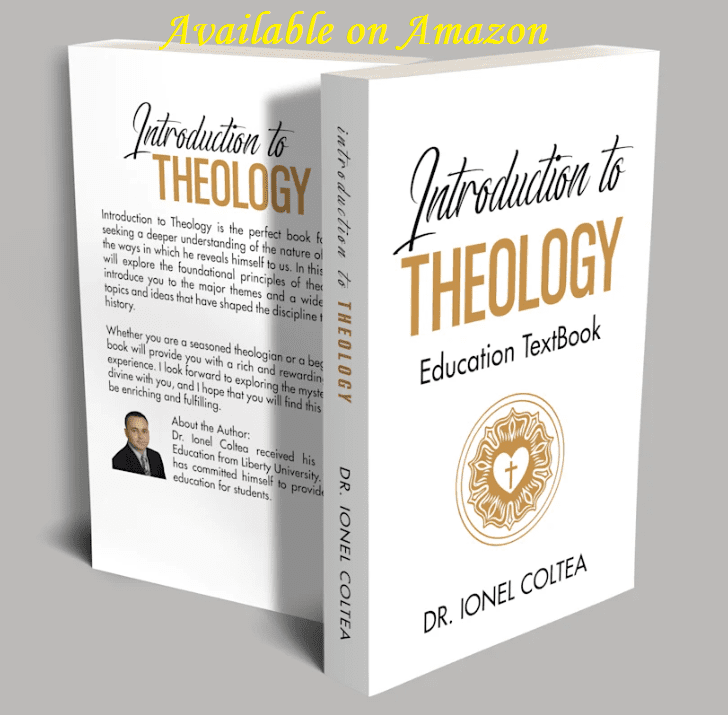Teachers play a vital role in the education of students, and their responsibilities go beyond simply imparting knowledge and skills. Teachers are also responsible for helping students to develop as individuals, and for fostering a sense of community and belonging in the classroom. In order to fulfill these holistic roles effectively, teachers must be aware of the various approaches and strategies that are available to them, and they must be able to strike a balance between theoretical and practical education.
One of the fundamental modern approaches to teaching is student-centered learning, which is based on the idea that students are active participants in their own learning, rather than passive recipients of knowledge. This approach emphasizes the importance of engaging students in the learning process, and it seeks to foster a sense of curiosity and critical thinking in students.


Another modern approach to teaching is experiential learning, which is a type of education that focuses on hands-on, practical experiences rather than theoretical knowledge. Experiential learning can involve activities such as service learning, internships, and field trips, which allow students to apply their knowledge and skills in real-world situations. This approach can be particularly effective for helping students to develop problem-solving skills and to understand the relevance of their studies to their lives and careers.
While both of these approaches have their advantages, it is important for teachers to strike a balance between theoretical and practical education. This means incorporating both types of learning into the curriculum, and helping students to see the connections between the two.
One way that teachers can strike this balance is by using a variety of teaching methods, including lectures, discussions, hands-on activities, and problem-based learning. This can help to keep students engaged and to ensure that they are learning both theoretical and practical concepts.
Another way that teachers can strike a balance between theoretical and practical education is by encouraging students to reflect on their learning and to make connections between their studies and the real world. This can involve asking students to write papers or give presentations on topics that relate to their studies, or by encouraging them to engage in service learning or other experiential activities.


The holistic roles of teachers are complex and multifaceted, and they involve helping students to develop both academically and personally. By being aware of the fundamental modern approaches to teaching, and by striking a balance between theoretical and practical education, teachers can help students to achieve success and to become well-rounded and engaged learners.
Check our academic programs here.






